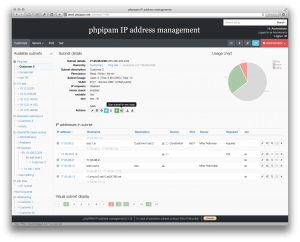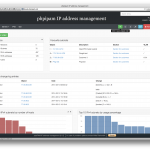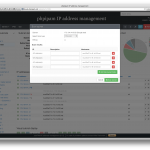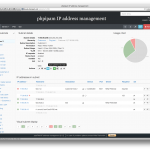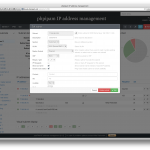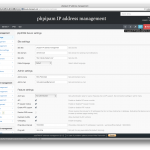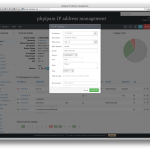NETCONF, YANG, RESTCONF and NetOps in an SDN World
I've had some great discussion with the OpenDaylight OVSDB team around NETCONF, YANG, RESTCONF and what network operations will look like in an SDN world. This post summarizes where my head is at on this subject.
